#recycling
Text
"Scientists have developed a way to dramatically reduce the cost of recycling certain electronic waste by using whey protein.
Their method allows for the easy recovery of gold from circuit boards at a cost of energy and materials amounting to 50 times less than the price of the gold they recover—these are the numbers that big business likes to see.
Indeed, the potential for scalability depends on this sort of cost savings, something traditional e-waste recycling methods just can’t achieve.
Professor Raffaele Mezzenga from ETH Zurich has found that whey protein, a byproduct of dairy manufacturing, can be used to make sponges that attract trace amounts of ionized gold.
Electronic waste contains a variety of valuable metals, including copper, cobalt, and gold. Despite gold’s public persona as being either money or jewelry, thousands of ounces of gold are used in electronics every year for its exceptional conductive properties.
Mezzenga’s colleague Mohammad Peydayesh first “denatured whey proteins under acidic conditions and high temperatures, so that they aggregated into protein nanofibrils in a gel,” writes the ETH Zurich press. “The scientists then dried the gel, creating a sponge out of these protein fibrils.”
The next step was extracting the gold: done by tossing 20 salvaged motherboards into an acid bath until the metals had dissolved into ionized compounds that the sponge began attracting.
Removing the sponge, a heat treatment caused the gold ions to aggregate into 22-carat gold flakes which could be easily removed.
“The fact I love the most is that we’re using a food industry byproduct to obtain gold from electronic waste,” Mezzenga says. In a very real sense, he observes, the method transforms two waste products into gold. “You can’t get much more sustainable than that!” ...
However the real dollar value comes from the bottom line—which was 50 times more than the cost of energy and source materials. Because of this, the scientists have every intention of bringing the technology to the market as quickly as possible while also desiring to see if the protein fibril sponge can be made of other food waste byproducts.
E-waste is a quickly growing burden in global landfills, and recycling it requires extremely energy-intensive machinery that many recycling facilities do not possess.
The environmental value of the minerals contained within most e-waste comes not only from preventing the hundreds of years it takes for them to break down in the soil, but also from the reduction in demand from new mining operations which can, though not always, significantly degrade the environments they are located in.
[Note: Absolutely massive understatement, mining is incredibly destructive to ecosystems. Mining is also incredibly toxic to human health and a major cause of conflict, displacement, and slavery globally.]
Other countries are trying to incentivize the recycling of e-waste, and are using gold to do so. In 2022, GNN reported that the British Royal Mint launched an electronically traded fund (ETF) with each share representing the value of gold recovered from e-waste as a way for investors to diversify into gold in a way that doesn’t support environmentally damaging mining.
The breakthrough is reminiscent of that old fairy tale of Rumpelstiltskin who can spin straw into gold. All that these modern-day, real-life alchemists are doing differently is using dairy and circuit boards rather than straw."
-via Good News Network, July 19, 2024
#ewaste#waste disposal#recycling#environment#e waste#e waste recycling#electronics#gold#mining#gold mining#wheyprotein#whey#chemistry#alchemy#good news#hope
369 notes
·
View notes
Text

Polyethylene Recycling
Polyethylene - either in the form of high density polyethylene (HDPE), low density polyethylene (LDPE), or another - is considered to be the mostly widely used plastic in the world. It is used to make plastic bags, food containers, cutting boards, etc. However, rates of plastic recycling as a whole are considered relatively low compared to other materials like paper or some metals and polyethylene is no exception to this. This is partially because most plastics, polyethylene included, cannot be infinitely recycled in the way of most metals. Recycling of polyethylene typically results in a decrease in strength of the resulting product, especially after repeated recycling.
Sources/Further Reading: (Image source - 2023 article) (AZO) (Beyond Plastics) (Wikipedia)
22 notes
·
View notes
Photo
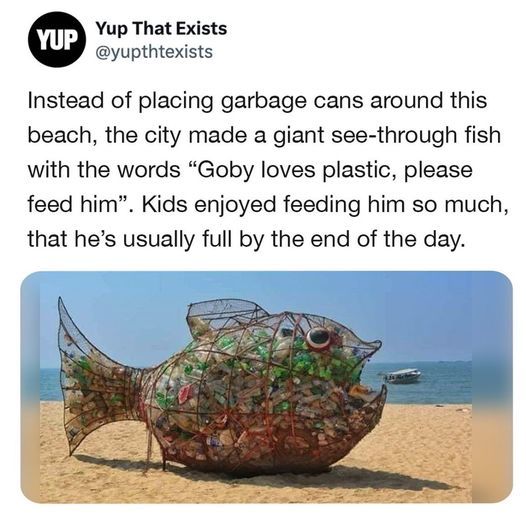
146K notes
·
View notes
Text

My latest cartoon for New Scientist
9K notes
·
View notes
Text

[Image description: A series of posts from Jason Lefkowitz @[email protected] dated Dec 08, 2022, 04:33, reading:
It's good that our finest minds have focused on automating writing and making art, two things human beings do simply because it brings them joy.
Meanwhile tens of thousands of people risk their lives every day breaking down ships, a task that nobody is in a particular hurry to automate because those lives are considered cheap https://www.dw.com/en/shipbreaking-recycling-a-ship-is-always-dangerous/a-18155491
(Headline: 'Recycling a ship is always dangerous.' on Deutsche Welle)
A world where computers write and make art while human beings break their backs cleaning up toxic messes is the exact opposite of the world I thought I was signing up for when I got into programming
/end image description]
#artificial intelligence#computers#programming#technology#Jason Lefkowitz#Mastodon#labor#transcription#capitalism#corporations#exploitation#class struggle#creativity#humans#safety#survival#vehicles#recycling#generative images#machine learning
28K notes
·
View notes
Text


Miniatures
23K notes
·
View notes
Text
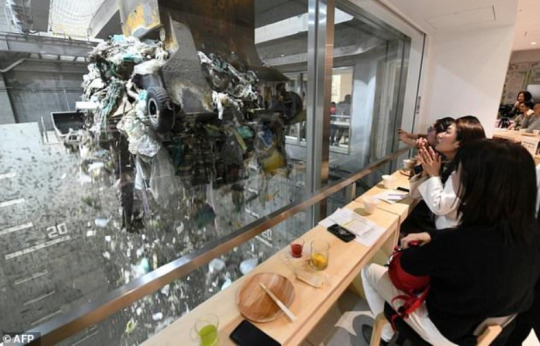

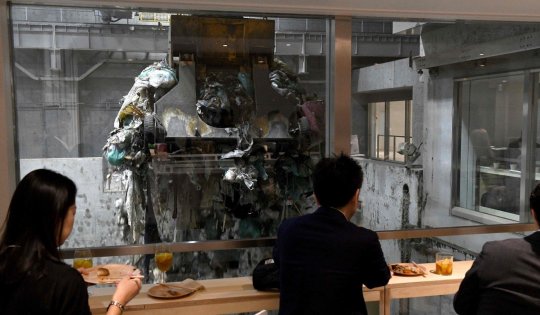
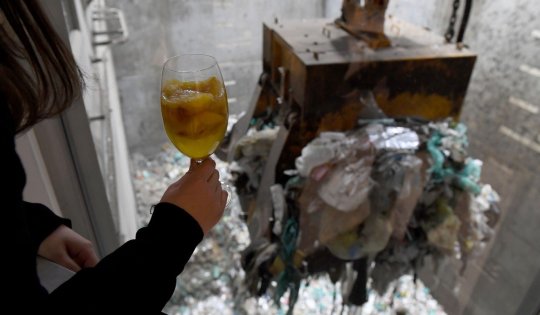
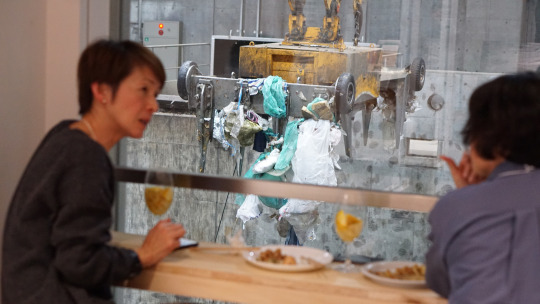

Gomi Pit
2K notes
·
View notes
Text

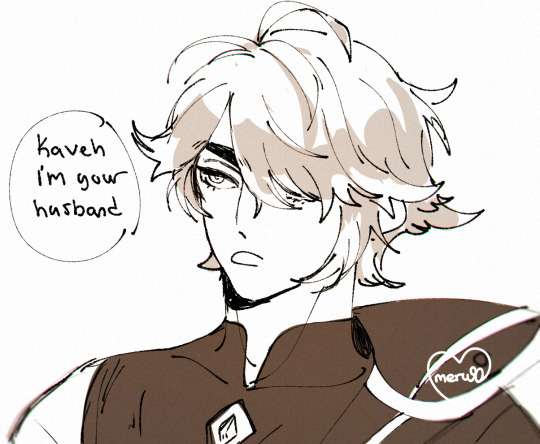
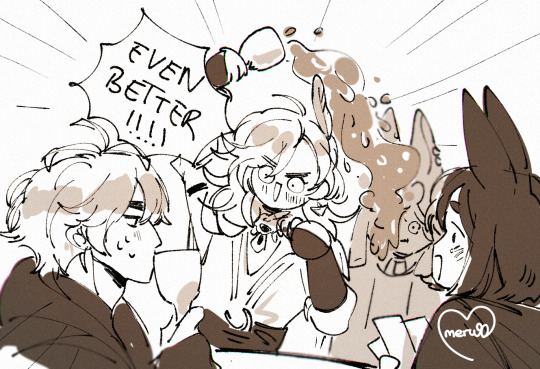
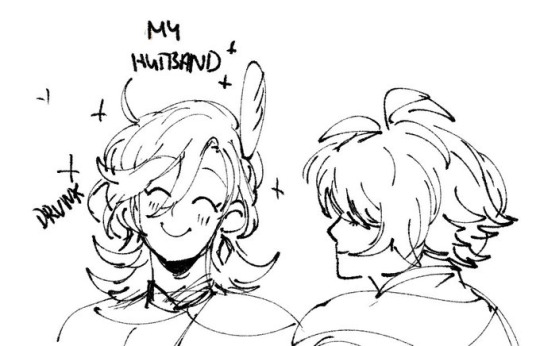


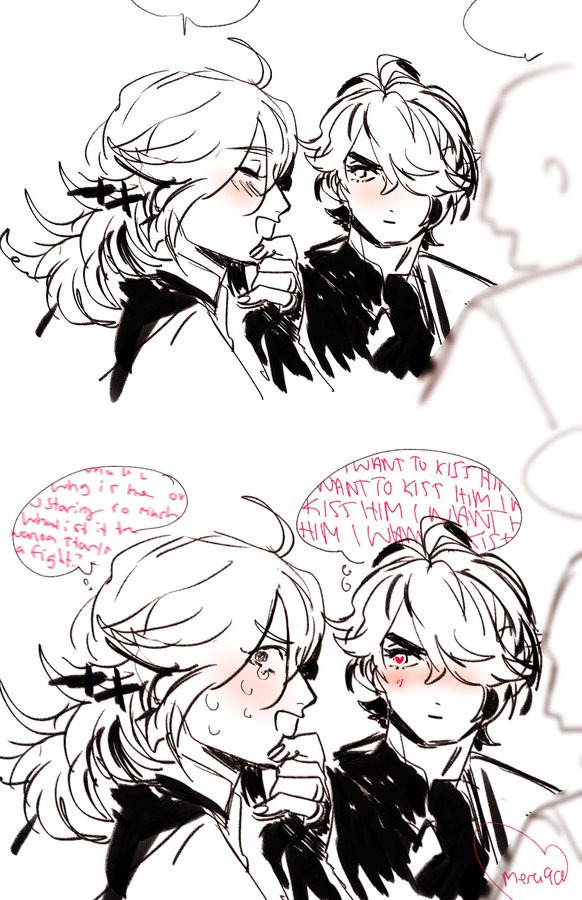
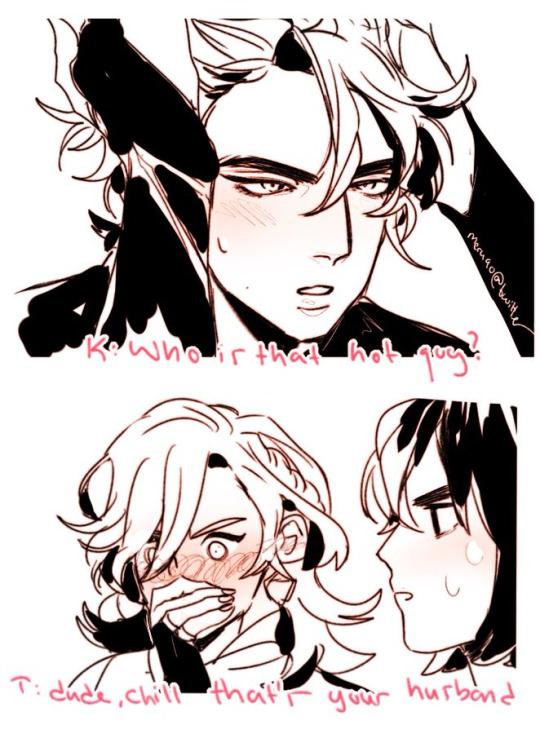
haikaveh twitter dump ÖwÖ HUSBAND HUSBAND HUSBAND HUSBAND
#fanart#genshin impact#kaveh#kaveh genshin#al haitham#al haitham genshin#doodle#haikavetham#the first one is an old thing i drew something from demon slayer but we wont be wasting here#recycling#lmaoooo
2K notes
·
View notes
Text
Plastic producers have known for more than 30 years that recycling is not an economically or technically feasible plastic waste management solution. That has not stopped them from promoting it, according to a new report.
“The companies lied,” said Richard Wiles, president of fossil-fuel accountability advocacy group the Center for Climate Integrity (CCI), which published the report. “It’s time to hold them accountable for the damage they’ve caused.”
Plastic, which is made from oil and gas, is notoriously difficult to recycle. Doing so requires meticulous sorting, since most of the thousands of chemically distinct varieties of plastic cannot be recycled together. That renders an already pricey process even more expensive. Another challenge: the material degrades each time it is reused, meaning it can generally only be reused once or twice.
The industry has known for decades about these existential challenges, but obscured that information in its marketing campaigns, the report shows.
The research draws on previous investigations as well as newly revealed internal documents illustrating the extent of this decades-long campaign.
Industry insiders over the past several decades have variously referred to plastic recycling as “uneconomical”, said it “cannot be considered a permanent solid waste solution”, and said it “cannot go on indefinitely”, the revelations show.
The authors say the evidence demonstrates that oil and petrochemical companies, as well as their trade associations, may have broken laws designed to protect the public from misleading marketing and pollution.
1K notes
·
View notes
Text
So You Want to be Solarpunk?
If your neighborhood has a vacant lot, get some neighbors together and turn it into a community garden.
Organize a block party.
Create a maker space enabling folks to repair, repurpose, and swap their old stuff.
Organize a bunch of plant-savvy neighbors to help folks convert their yards from resource hungry yuppie lawns into something sustainable that fits the local biome.
Get a few friends together and clean up the trash on the streets. Make sure to recycle.
Set up Little Free Libraries and Little Free Pantries.
Get tool-savvy neighbors together to help folks with needed household repairs and upgrades.
The punk in solarpunk is about resistance to the alienation and consumer culture that makes our communities unsustainable and our environments toxic.
1K notes
·
View notes
Text
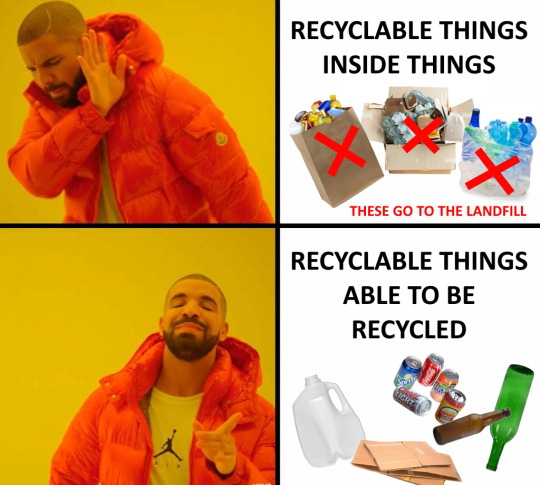
someone fucking hire me, I speak the language of the people
6K notes
·
View notes
Text
Leiden Ph.D. candidate Jo-Anne Verschoor discovered that nearly 20% of the bacterial strains she studied could degrade plastic, though they needed some encouragement to do so. "Bacteria are just like people," says Verschoor. Her research was published in the journal Communications Biology.
Some of the world's smallest organisms could play a significant role in solving the problem of plastic pollution. Increasingly, it is being discovered how certain bacteria can break down plastic into small particles, which can then be recycled.
Moreover, Verschoor's research reveals that many more bacteria than previously thought can degrade certain types of plastics. The 27-year-old Leiden microbiologist was able to use a large collection of Streptomyces bacteria, which were already available at the university as scientists use them in the search for new antibiotics.
Continue Reading.
422 notes
·
View notes
Text
my bag 🌿⛓️🌻⚙️ more details in the image ID and more pics below

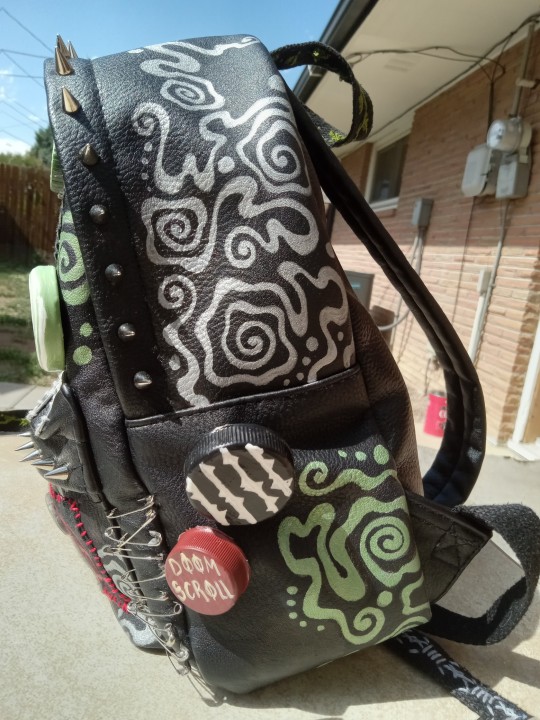
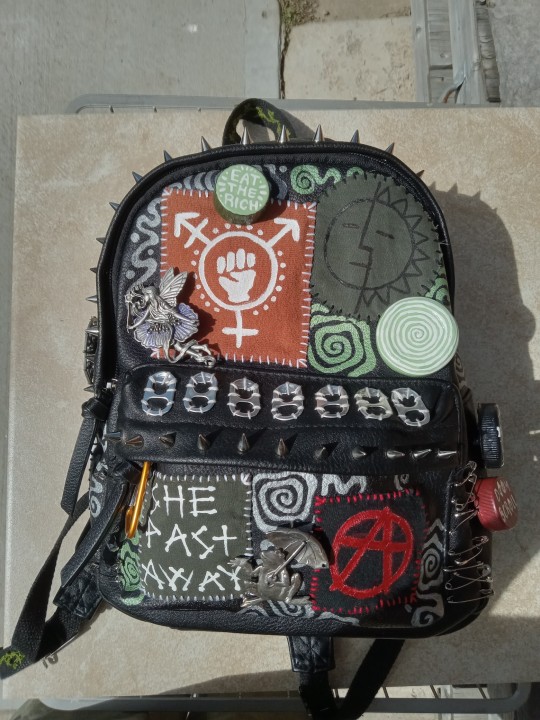
I found a small plain black leather backpack at the thrift store for $6 and made it my own :) I used silver sharpie for the swirls and made the buttons all myself with the exception of the metal ones
[Image ID: a small black leather backpack covered in patches, buttons, safety pins, studs and silver and metalic green spirals in the spaces with no patches. There are four patches on the front, an orange patch with a white trans rights symbol sewn on with white thread, and a circular green patch with a simplistic sun and moon drawin on it in black (a mirrormask patch) sewn on with black thread. And on the front pocket on the bottom, theres a dark green band patch with white lettering that says "she past away" sewn on with white thread and a black patch next to it with a red anarchy symbol sewn on the bag with red thread. There are silver spike studs lining the edges of the bag along the zipper and on the front pocket as well as soda tabs sewn onto the front pocket flap with off-white thread. And on both sides of the pocket there are safety pins decorating the empty space next to it. There are four pins on the side of the bag, a light green and white spiral pin, a light green and white "eat the rich" pin, and a metal fairy pin on the top half, and theres a metal frog with an umbrella pin on the front pocket in-between the two patches. Theres also a small orange carabiner on the pocket zipper.
On the left side of the bag, there is a patch on the bottom where a side pocket would normally be. An off-white band patch that says "bauhaus" in black lettering and it's sewn on with black thread, and there are silver spirals around it filling the space. There are some areas I left blank to make the swirls/spirals look like they're hanging down or growing up the bag like vines. There's a horizontal seam above all this that makes the area look like a pocket, and above this seam there's a metal pin with a sun, moon and stars on it.
The right side of the bag, there's no patch where a pocket should be, I instead filled this space with some spirals and more handmade bottle cap buttons. Two buttons, a larger type o negative band button that's black with white thorny vines, and a smaller red band button that says "doom scroll" on it in off-white lettering. Above the seam on this side I drew a bunch of silver spirals that look like they are growing out from behind the seam.
All thread mentioned in this post is embroidery thread, and some groups of spirals drawn on the bag are metallic green. End ID]
Here's the top of the bag as well as the straps that hang down
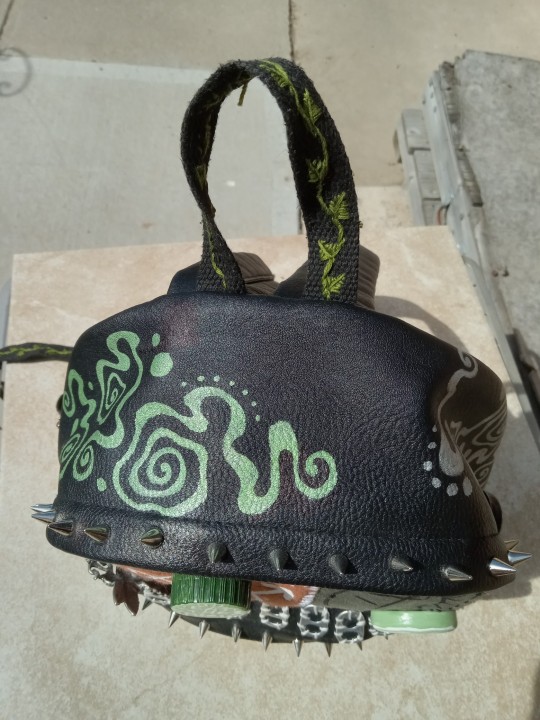

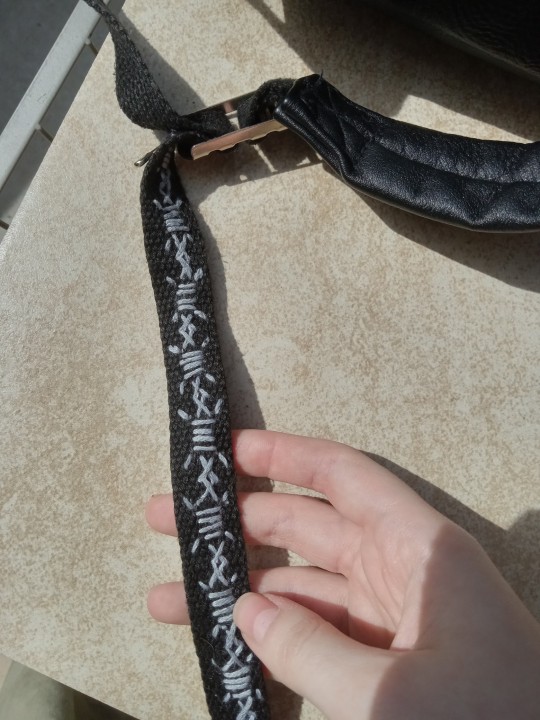

[Image ID: the bag has a rounded arch shape, and across the top of the leather I drew a cluster of green spirals in between the silver spirals I drew on the sides. There are some blank spots to avoid making the bag look busier than it already is. The loop at the top for hanging the bag is embroidered with a green leafy vine pattern. The same pattern is embroidered on the right strap that hangs down from the bottom of the bag, and on the right one, a gray barbed wire pattern is embroidered. I plan on sewing some more soda tabs onto the top of the bag at some point for the sake of adding more shiny things and also fill up some of that space I mentioned because while I don't want the bag to be too busy, I think the blank space i left on the top is a little too much blank space. End ID]
#punk#punk diy#punk fashion#solarpunk#solarpunk diy#solarpunk fashion#ecopunk#hopepunk#hatchet mends things#hatchet makes stuff#upcycled fashion#upcycling#sustainable fashion#sustainability#recycling#sewing#embroidery#crafting#diy#fashion#patches#customization#thrifting#art#goth#slow fashion
536 notes
·
View notes
Text
LunarPunk 🌙
Lunarpunk is Solarpunk for the night dwellers. Similar philosophy and movement but with a darker, bioluminescent, celestial aesthetic. With a focus on Community, Sustainability, Reducing Light Pollution, growing Native Flora and creating a livable and thriving home for the night dwelling Fauna (nocturnal animals, insects, and people too), and obviously, don't forget the Punk.
Lunarpunk is a very new and slowly growing subgenre and community, please continue to add new ideas, add to the conversation of sustainability, do research in your own area about the local flora and fauna, what you can do to help reduce light pollution, even if it's just coming from your home, how to be more energy efficient, how to reduce waste, save money on electricity, see if you can switch your lights to LEDs, speak with your neighbors about switching as well.
Any little bit counts.
#lunarpunk#sustainability#light pollution#environmentalism#ecopunk#solarpunk#recycling#climate change#climate action#night#environmental#envrionmental activists#punk#moon#lunar#flora and fauna#energy efficiency#ecofriendly#sustainable living#reduce reuse recycle
645 notes
·
View notes
Text
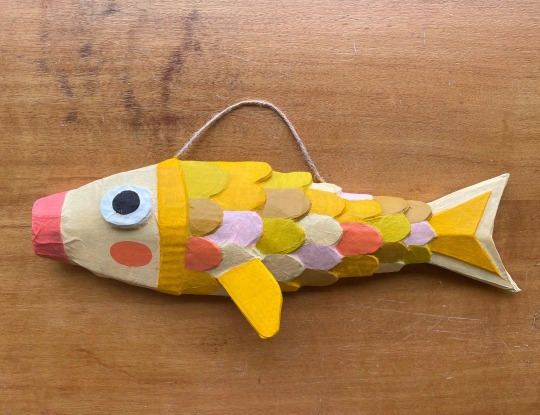
Sweet little koi boi filled to the brim with recycled soft plastics and scraps of cardboard 🙌
I made this trash koi fish to add to my crappy wall of dodgy masks and alters #blessthismess
Created using rubbish, paper mache and acrylics 🐟
#koi#koi fish#wallart#wall art#wall hanging#handmade#paper mache#papier mâché#illustration#art#crafty#crafting#paper craft#acrylics#recycling#trash art#creative#illustrator#painting
459 notes
·
View notes
Text
Good News - May 15-21
Like these weekly compilations? Support me on Ko-fi! Also, if you tip me on Ko-fi, at the end of the month I'll send you a link to all of the articles I found but didn't use each week - almost double the content!
1. Translocation of 2,000 rhinos in Africa gets underway in “one of the most audacious conservation efforts of modern times”
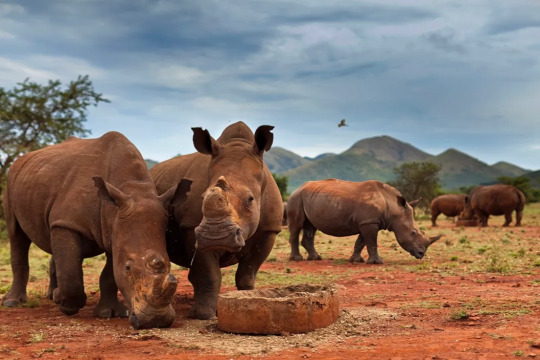
“The 2,000 rhinos - more than are currently found in any single wild location in Africa - represent around 12-15% of the continent’s remaining white rhino population. […] “Rhinos perform an important ecological function in the environment as a large grazing herbivore,” says Dale Wepener[….] “The protection of rhino is far more than just looking after rhino; other species that occur in the protected areas will benefit from the protection,” explains Jooste. “This will lead to an increase in diversity and result in much healthier ecosystems.”
2. Florida Corridor Buffers Effects of Climate Change on Wildlife — And People
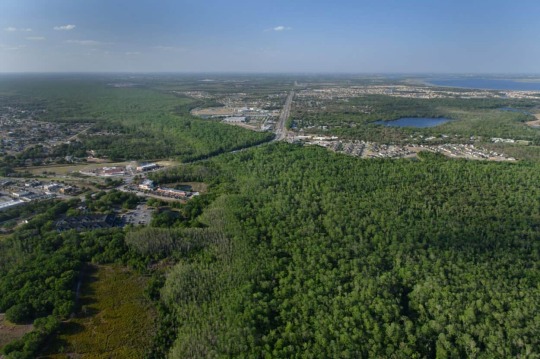
“A massive multi-partner effort that has conserved 10 million acres for wildlife in Florida over past decades will help buffer wildlife—and people—from the effects of climate change, a new report says. […] Protecting these corridors is important for wildlife genetics, demography and connectivity […], conducting prescribed fires in the corridor can reduce the risk of more intense wildfires [… and] they can provide buffers against hurricanes and seasonal thunderstorms.”
3. Global life expectancy to increase by nearly 5 years by 2050 despite geopolitical, metabolic, and environmental threats
“Increases are expected to be largest in countries where life expectancy is lower, contributing to a convergence of increased life expectancy across geographies. The trend is largely driven by public health measures that have prevented and improved survival rates from cardiovascular diseases, COVID-19, and a range of communicable, maternal, neonatal, and nutritional diseases (CMNNs).”
4. Valencia has Spain’s longest urban park

“Jardin del Turia (Turia Garden) is the green spine of the City of Valencia and Spain’s (and possibly Europe’s) longest urban park stretching for a length of 8.5 kilometres [… and] the current administration plans to make Jardin del Turia Europe’s largest city green space by extending it to the sea[….] Almost all Valencia residents (97 per cent) live within 300 metres of an urban green space. […] Jardin del Turia is a true urban oasis that provides exceptional thermal comfort, with a temperature difference of up to three degrees compared to other areas of the city.”
5. This Paint Could Clean Both Itself and the Air
“When an artificial ultraviolet light source shines on [photocatalytic] paint, the nanoparticles react with pollutants to make them break down—theoretically removing them from the nearby air and preventing a discoloring buildup. [… R]esearchers developed a new photocatalytic paint that they claim works using UV rays from ordinary sunlight, making its self-cleaning properties easier to activate. They’ve also shown that they can effectively produce this paint from recycled materials [including fallen leaves].”
6. Planting Seedlings for a Cooler Rockingham
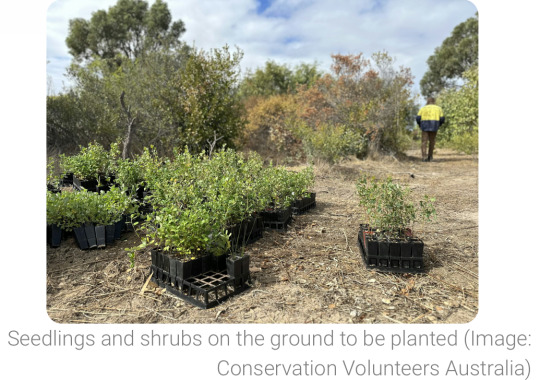
“A dedicated group of volunteers recently planted over a thousand native seedlings in Lewington Reserve [… and] re-established canopy cover to areas of the reserve to create cooling shade for the local community and provide homes for native wildlife. […] Planting lots of trees and shrubs in urban areas can help create shade and cool cities, mitigating the impacts of climate change, contributing to biodiversity conservation and building greener, more resilient communities.”
7. Sydney’s first dedicated affordable housing for trans women designed to deliver ‘positive outcomes’

“Community housing provider and charity Common Equity NSW, […] which is for people on very low to moderate incomes, prides itself on creating inclusive living and promotes the independence and well-being of people and communities […, and] will deliver the first-of-its-kind social housing in a bid to provide a safe place to live for transgender women seeking an affordable home.”
8. Rewilding: How a herd of bison reintroduced to Romania is helping ‘supercharge’ carbon removal
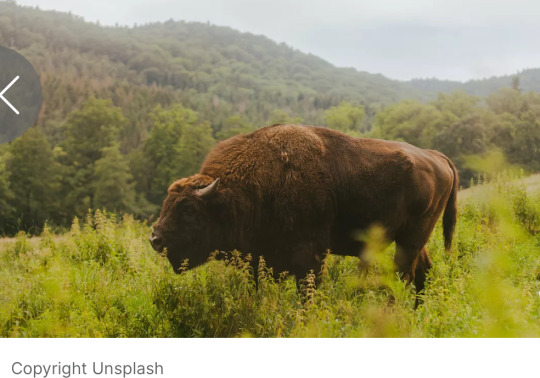
“170 European Bison reintroduced to Romania’s Țarcu mountains could help capture and store the carbon released by up to 84,000 average US petrol cars each year. […] By grazing a 48 square kilometre area of grassland in a wider landscape of 300 kilometres squared, they helped to capture an additional 54,000 tonnes of carbon each year. That is around 10 times the amount that would be captured by the ecosystem without the bison.”
9. World’s biggest grids could be powered by renewables, with little or no storage
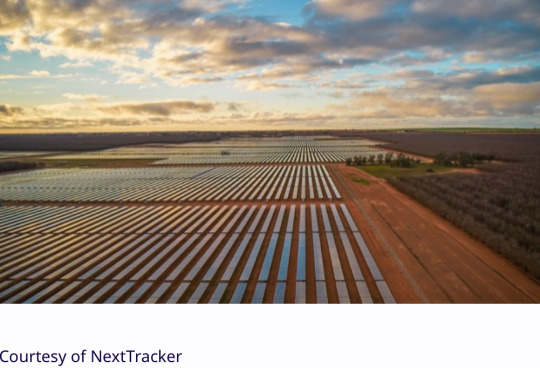
“[…] 100% renewable supply can then match the load by putting surplus electricity into two kinds of distributed storage worth that [an energy expert] says are worth buying anyway – ice-storage air-conditioning and smart bidirectional charging of electric cars, and recover that energy when needed, filling the last gaps with unobtrusively flexible demand.”
10. Supporting the Long-Term Survival of Copper River Salmon and Alaska Native Traditions
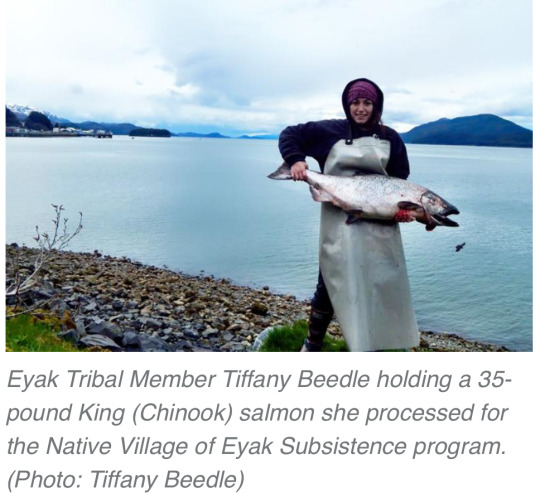
“With $4.3 million in NOAA funds, the Copper River Watershed Project and The Eyak Corporation will remove fish passage barriers, opening more streams for salmon spawning and subsistence fishing. [… As part of this effort, o]ld narrow culverts that constrict water flow will be replaced with “stream simulation” culverts wide enough to fit the full stream, including its banks. They are also deep to allow contractors to place stones and other material inside to mimic a natural stream bottom.”
May 8-14 news here | (all credit for images and written material can be found at the source linked; I don’t claim credit for anything but curating.)
#hopepunk#good news#rhino#white rhino#africa#conservation#rewilding#climate change#florida#wildlife#life expectancy#health#spain#green space#urban parks#recycling#trees#global warming#trans#affordable housing#australia#bison#romania#carbon#carbon capture#renewableenergy#reforestation#salmon#alaska native#nature
378 notes
·
View notes